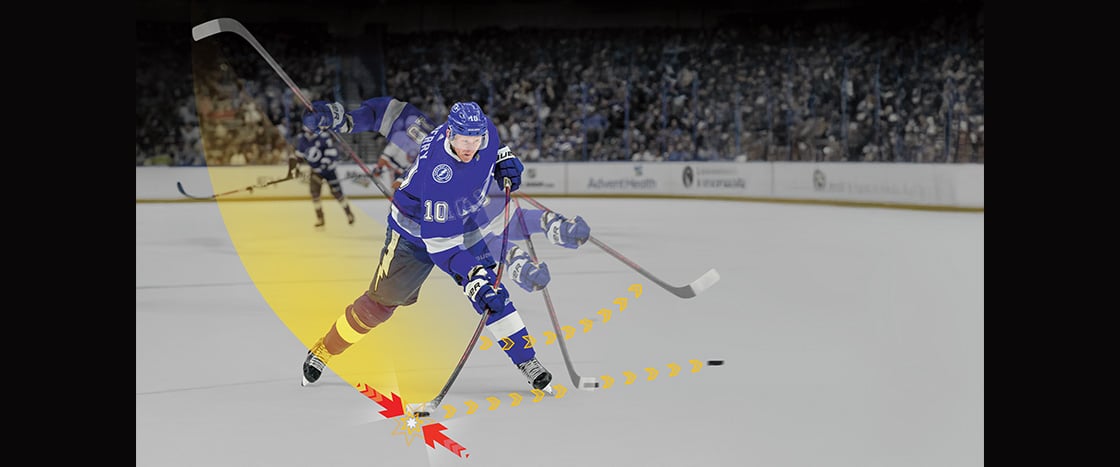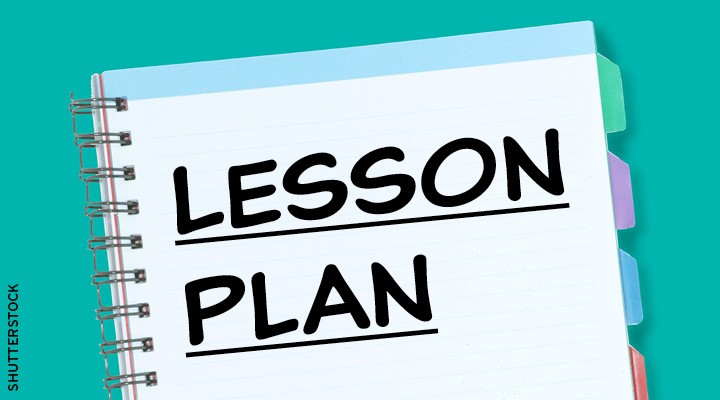In ice hockey, five skaters work to move a small rubber cylinder, called a puck, into their opponents’ net. A goalie guards the team’s net. But there’s a catch—it all happens on ice! The oval-shaped hockey rink is made up of 12 or more sheets of ice, which sit on top of a concrete floor. Ice rinks contain about 10,600 gallons (40,120 liters) of frozen water!
Players glide over the ice on skates—special boots balanced on a metal blade. The downward force of the blade causes a small amount of ice to melt. Ice has very little friction compared with other surfaces, and this layer of water makes it extra slippery.
To move the puck, players push it with sticks made of a mix of bendable materials. The most forceful way to move the puck is with a slap shot. Players use it to zip the puck toward the net at up to 100 miles per hour (160 kilometers per hour)!


